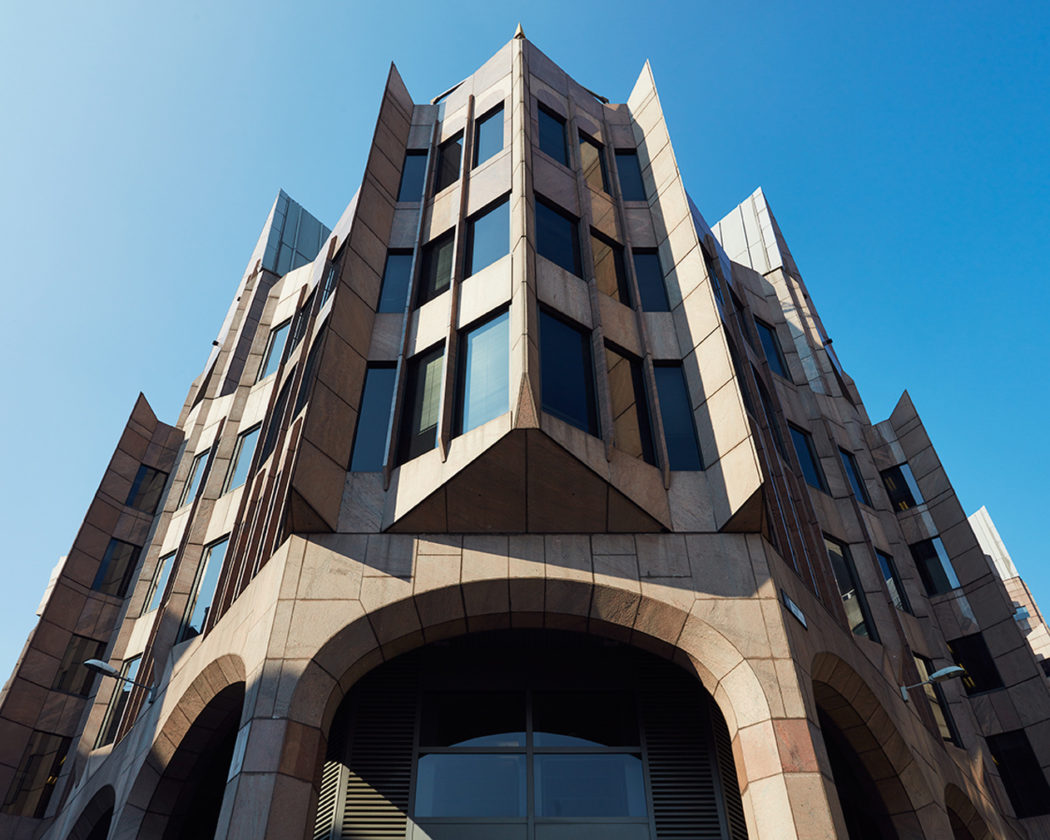
Minster Court by GMW Partnership completed in 1991. It’s been described as ‘Postmodern-Gothic’ in style. Photography: Rob Low for The Spaces

Minster Court by GMW Partnership. Photography: Rob Low for The Spaces
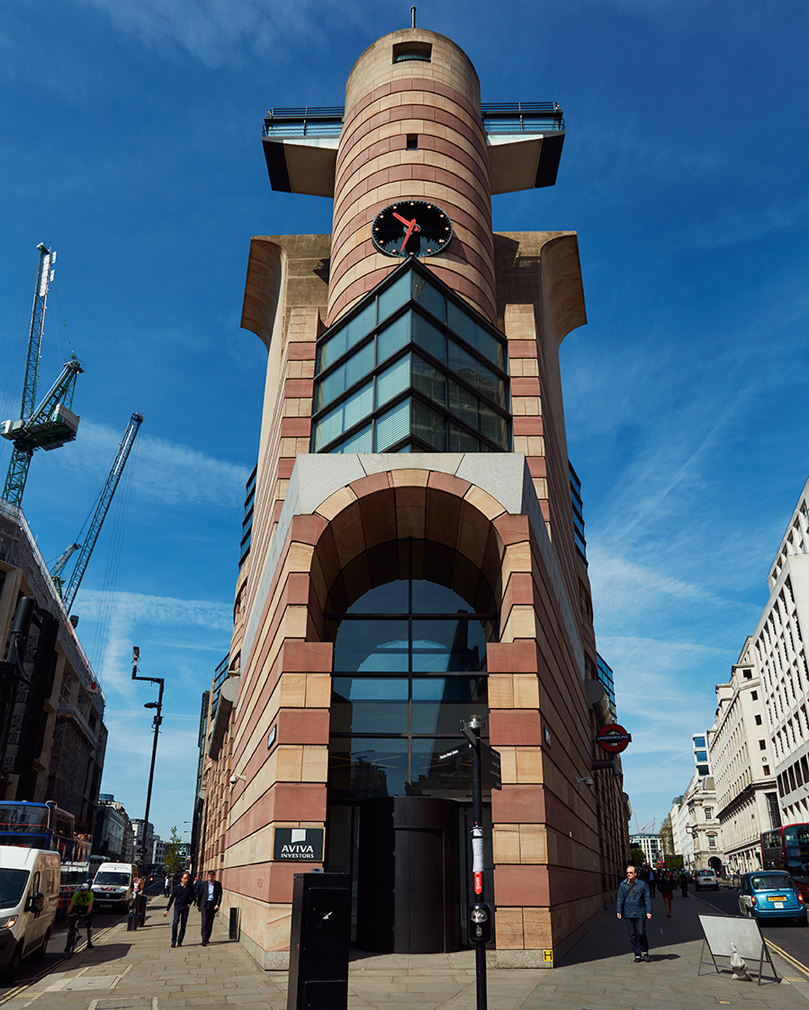
1 Poultry, designed by James Stirling in 1985 but not completed until 1997. Photography: Rob Low for The Spaces

1 Poultry designed by James Stirling. Photography: Rob Low for The Spaces

2 America Square was designed by Sir John Burnet, Tait & Partners (1987-89). Photography: Rob Low
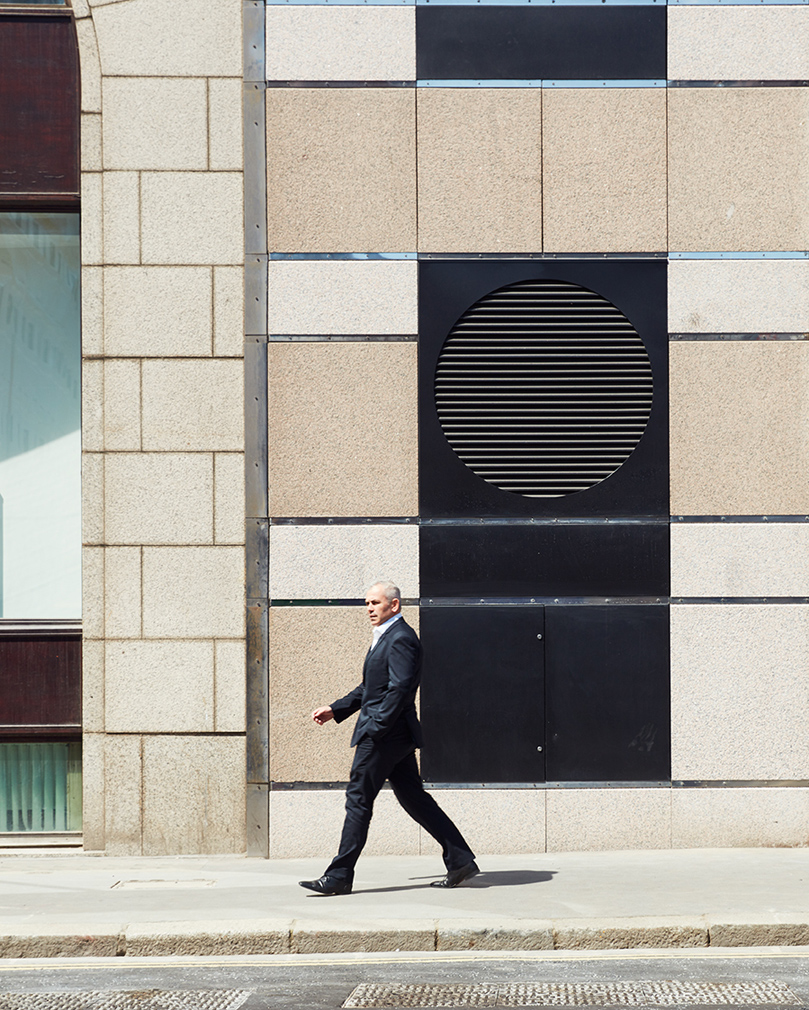
69 Fenchurch Street by Terry Farrell, completed in 1987. Photography: Rob Low for The Spaces

125 London Wall, also known as Alban Gate, was designed by Farrells and completed in 1992. Photography: Rob Low for The Spaces
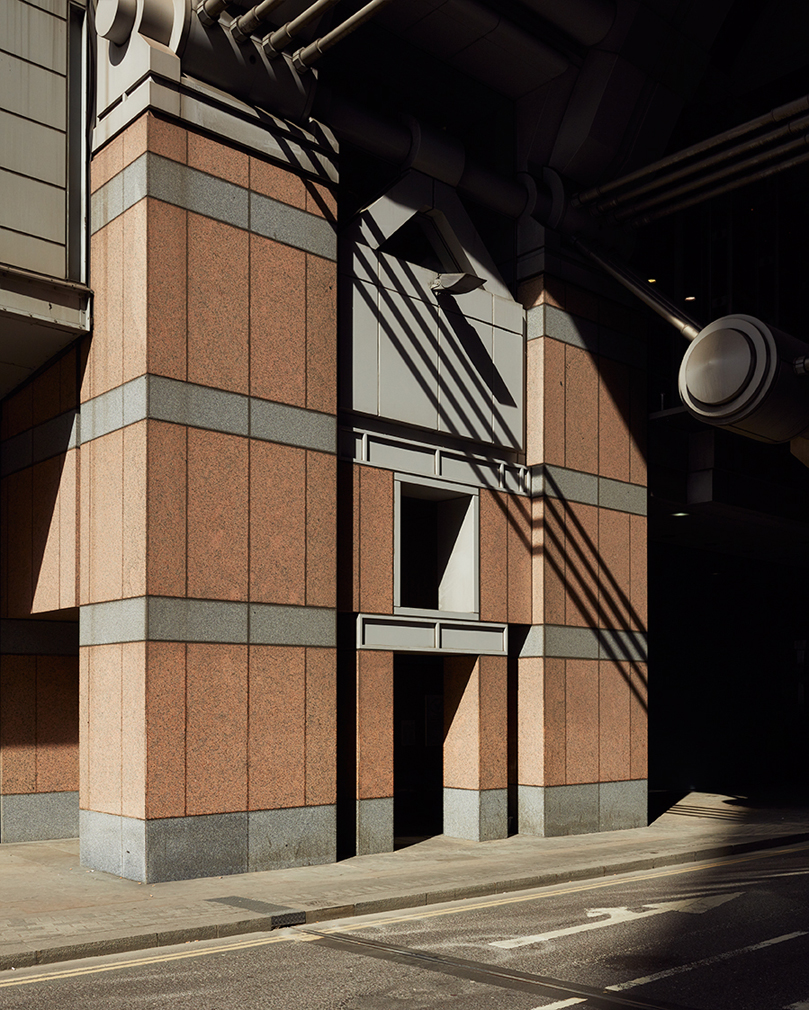
125 London Wall, also known as Alban Gate, was designed by Farrells and completed in 1992. Photography: Rob Low for The Spaces
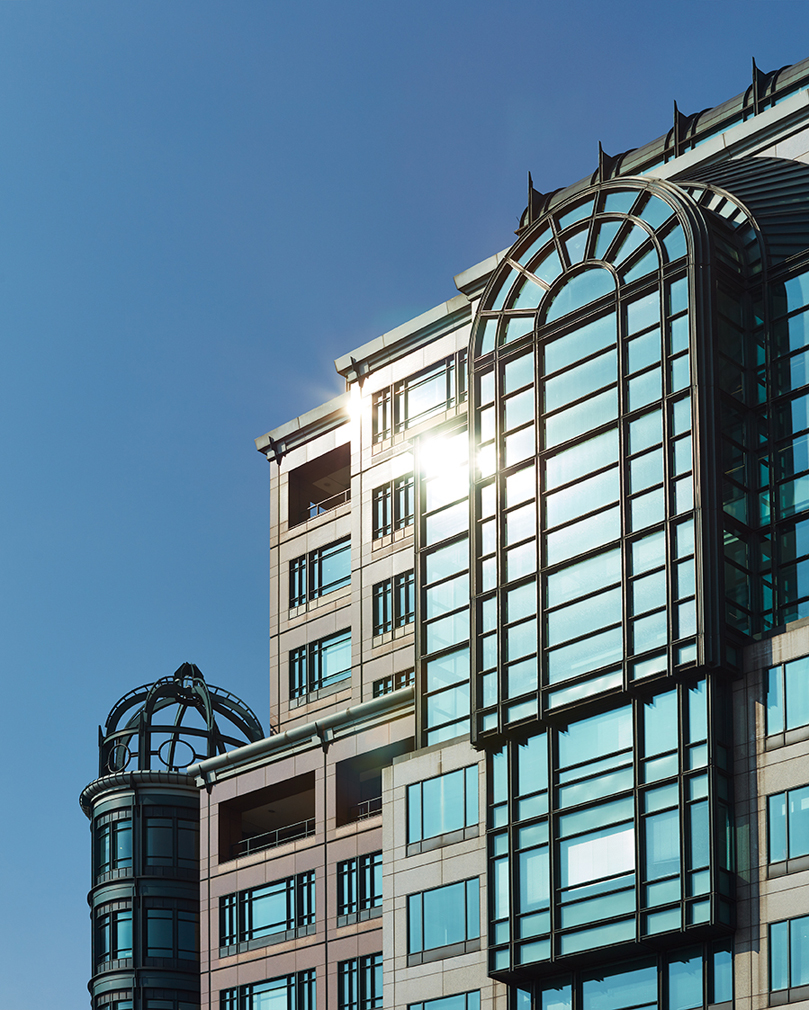
135 Bishopsgate by Bruce Graham of Skidmore, Owings and Merril was completed in 1989. Photography: Rob Low for The Spaces
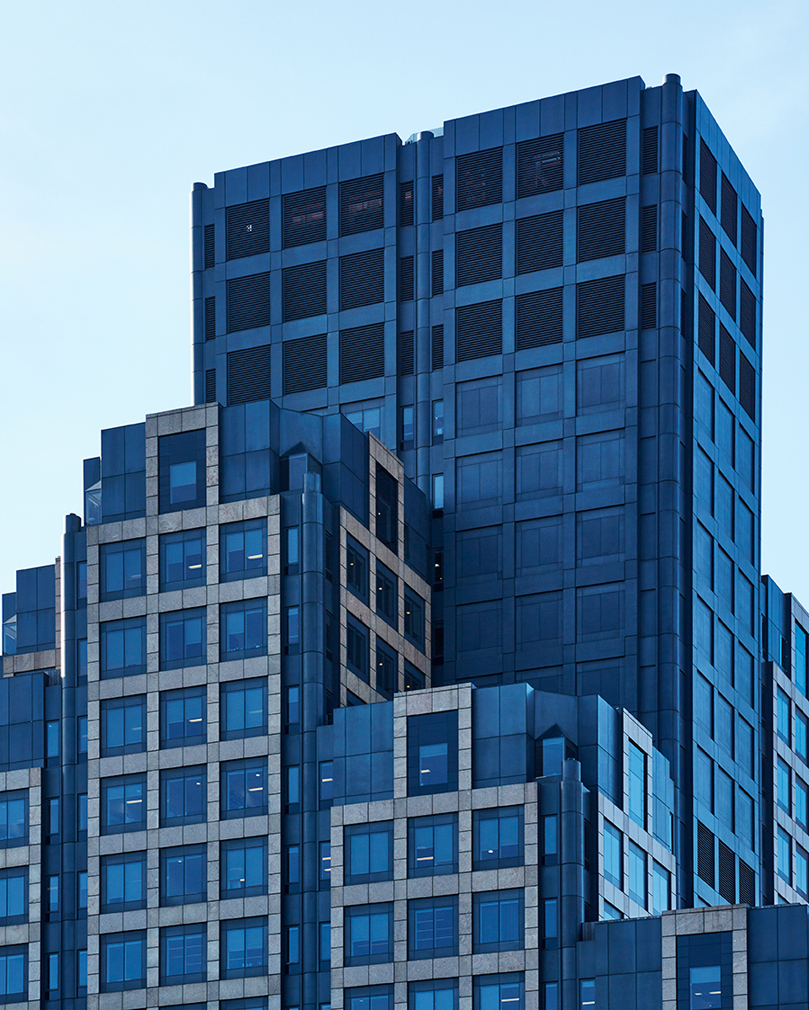
200 Aldersgate Street was completed in 1992. Photography: Rob Low for The Spaces
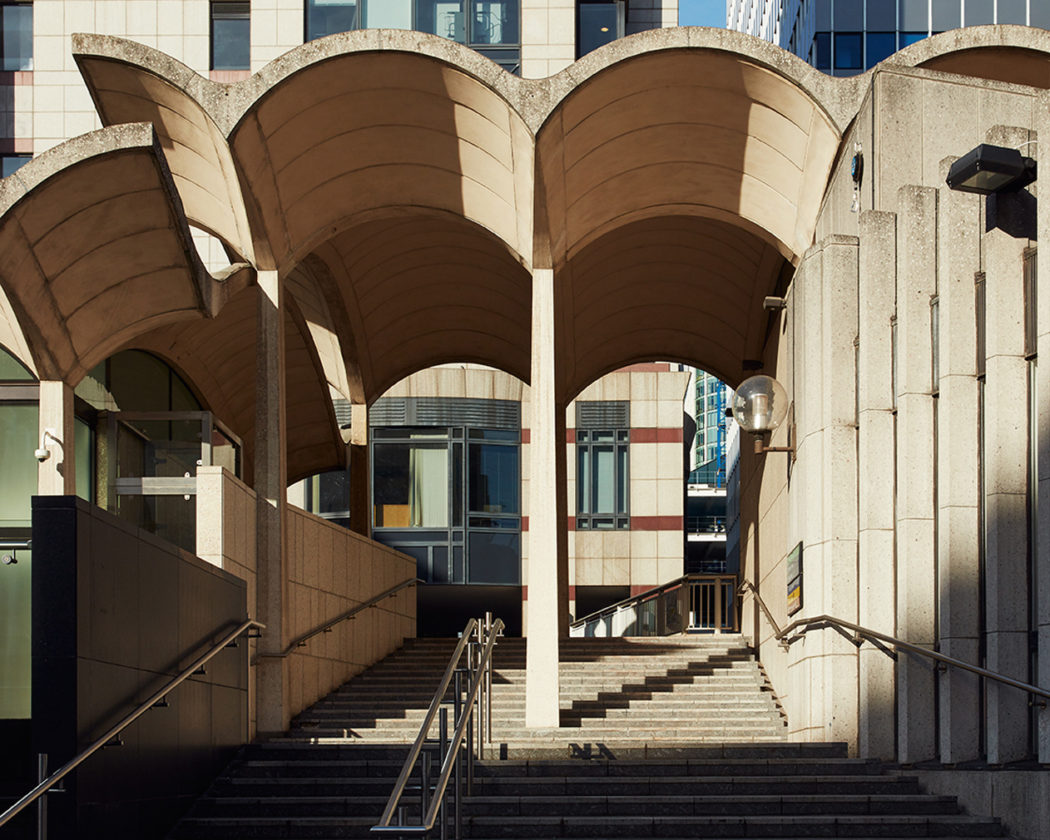
City Place House extension, 55 Basinghall Street, was designed by Swanke Hayden Connell Architects (1988-92). Photography: Rob Low for The Spaces
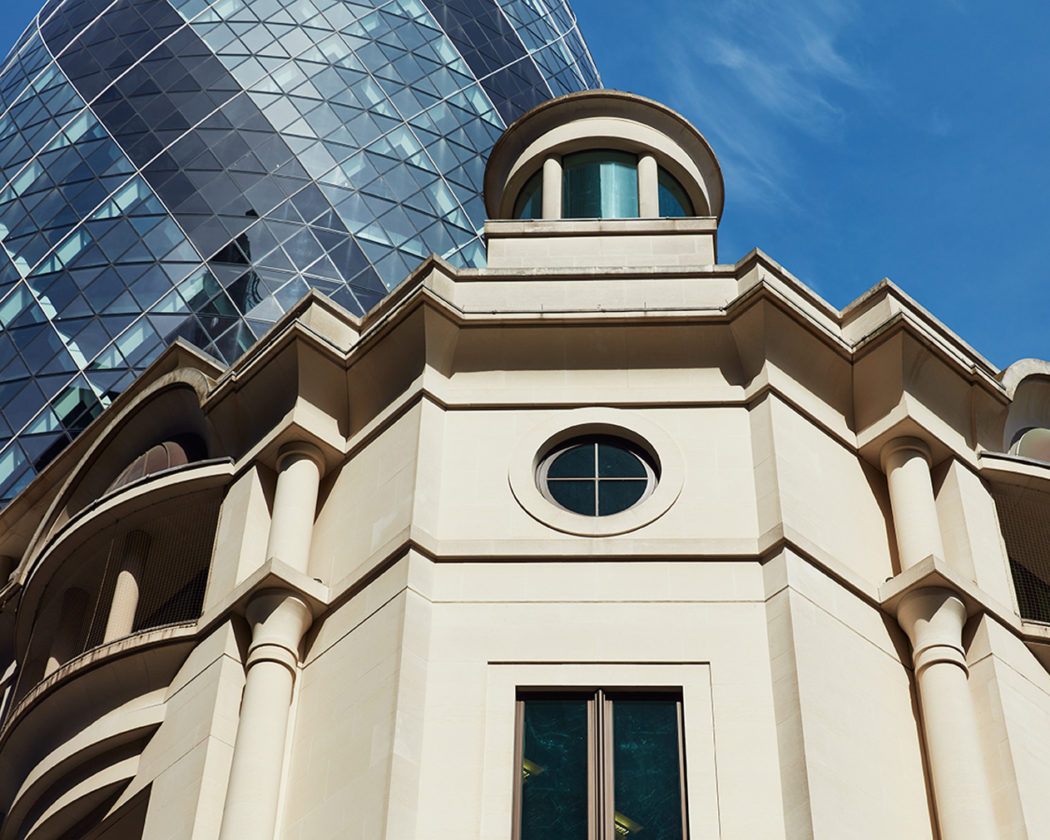
Fitzwilliam House, 10 St Mary Axe was designed by Hamilton Associates and completed in 1991. Photography: Rob Low for The Spaces
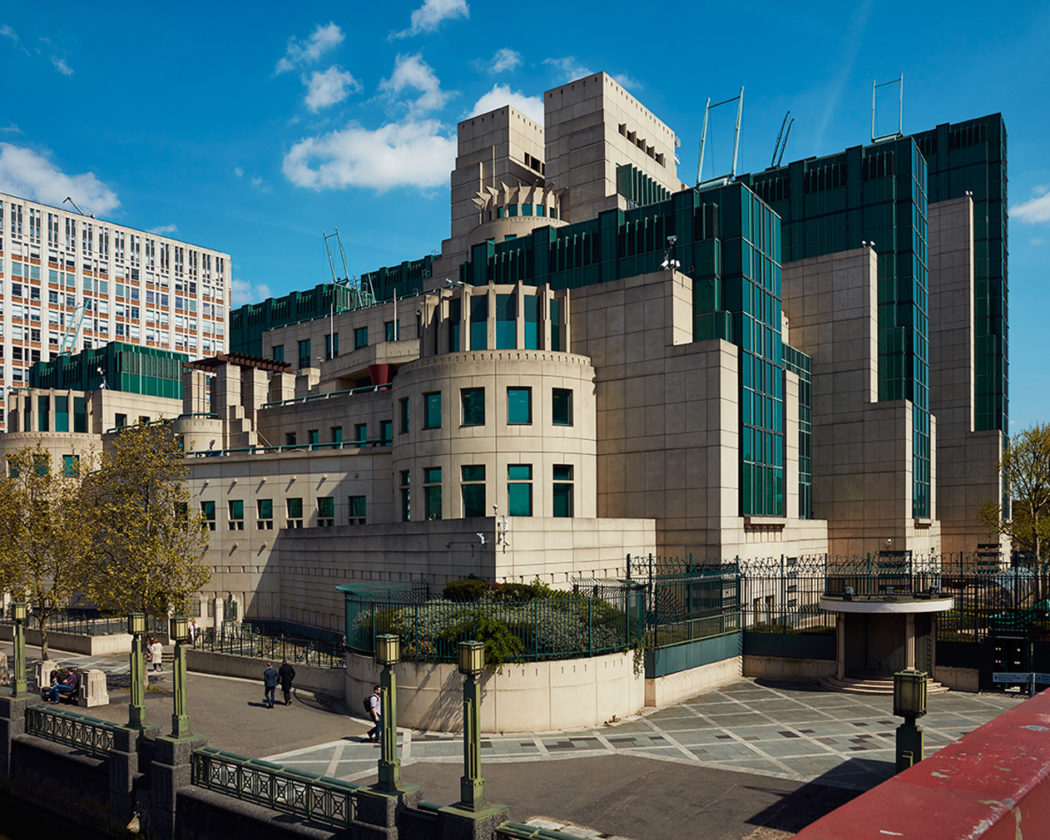
Terry Farrell’s battleship-like MI6 Building was completed in 1994. Photography: Rob Low for The Spaces
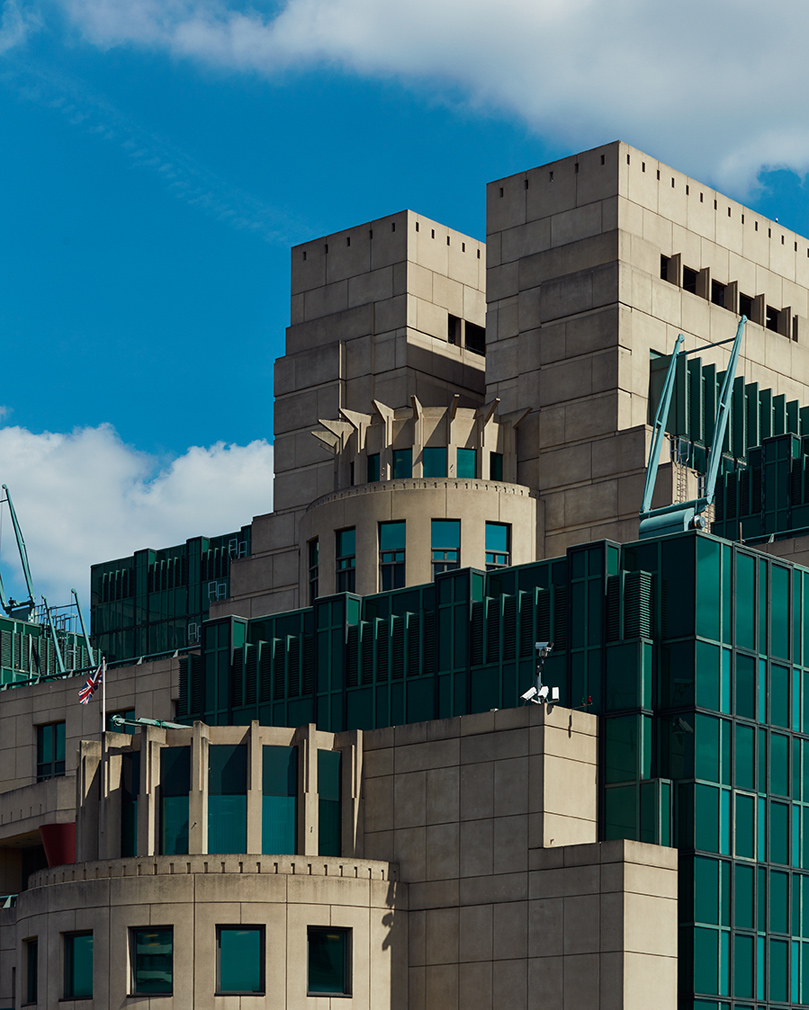
Terry Farrell’s battleship-like MI6 Building was completed in 1994. Photography: Rob Low for The Spaces
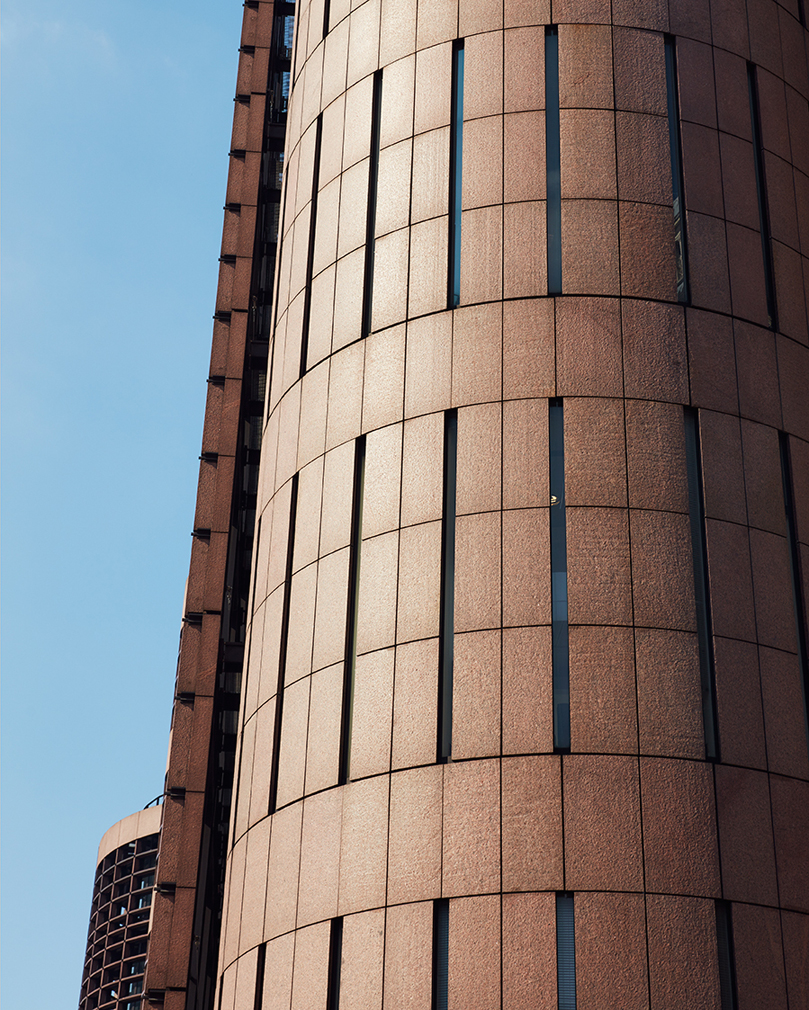
Designed by Arup Associates and built in 1988, 100 Liverpool Street and 8-12 Broadgate were originally separate structures. Photography: Rob Low for The Spaces
Vulgar and populist or experimental and beautiful? Postmodern architecture divides opinion like no other style.
‘It’s almost as if there were no rules with Postmodernism,’ says photographer Rob Low. ‘Or like the architects were given carte blanche to choose their favourite aspects of every architectural style, and then went a bit mad putting them all together.’
Kick-started in the US by architects Robert Venturi and Denise Scott Brown, PoMo was a response to the ‘failings’ of residential Modernism. It established itself as the go-to architectural style in cities across the world by the mid-1980s, led by the likes of Ettore Sottsass, James Stirling, Michael Graves and Terry Farrell.
PoMo departed from the clean lines of Modernism, drawing eclectic influences from classical design, using ornate decorations and bright colours, while blurring them together like never before. And it spread quickly from North America to Europe…
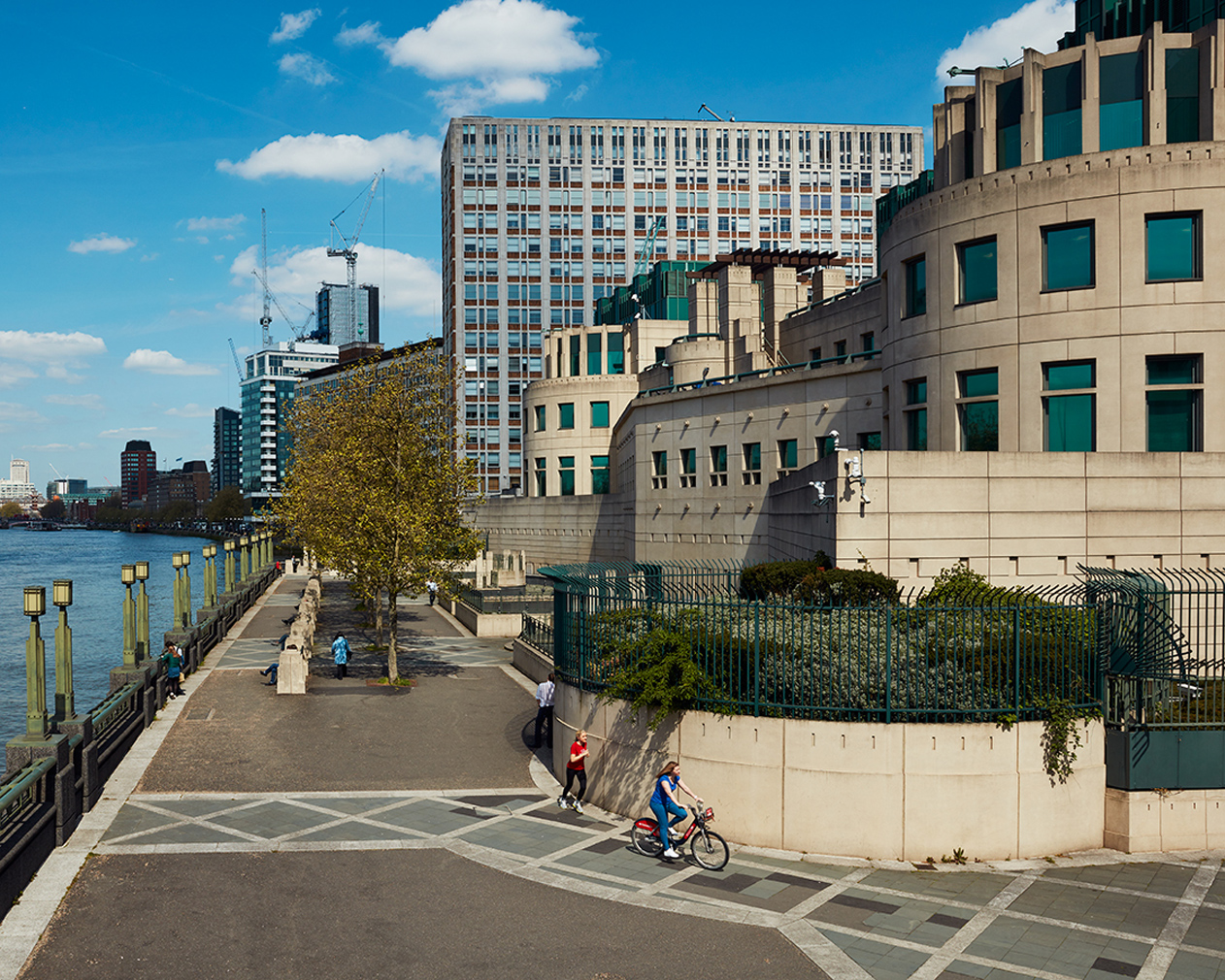
Low captured some of London’s most iconic PoMo landmarks for The Spaces, including Farrell’s fortress-like M16 building and GMW Partnership’s Gothic-tinged Minster Court.
‘Minster Court is a preposterous, oversized, out-of-place, Gothic-themed office block,’ says Low. ‘But I love the way it looms over its surroundings like some sort of Dracula-esque castle from Transylvania. Architects GMW Partnership took a risk with its design and I like that.’
While some of these structures may look cartoonish in real life, on camera they come alive. ‘The combination of materials used in their construction – glass, stone, metal – and the boldness of their design makes them great to photograph.’
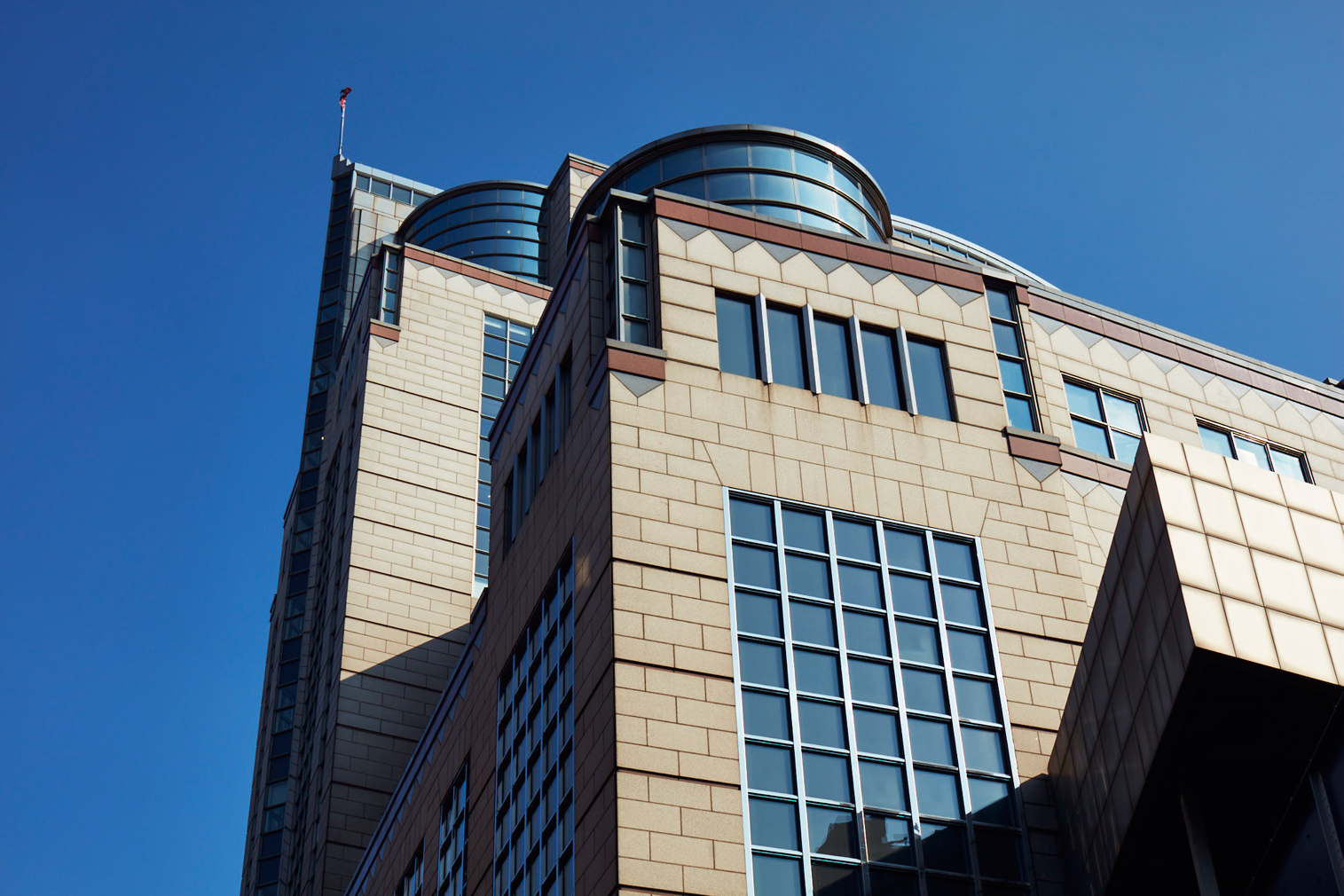
Part of the public’s distaste for Postmodernist architecture, particularly in America, stems from its link to mass consumerism. It was a style championed by global megabrands – bold symbols of their corporate bravado – as seen in the AT&T Building (now Sony Tower) in Manhattan.
In London, though, it was the design of Postmodernist buildings that was at the root of people’s concerns. Many, including Marco Polo House, and the canalside TV AM Building have been completely demolished or radically altered in ensuing decades.
But Low thinks opinions are starting to shift towards PoMo architecture, particularly as its most elegant examples come of age and are now eligible for listed status.
‘People are really starting to come round to Postmodernism’s merits. While not every PoMo building should be viewed as a success, the best examples will gain the recognition that they deserve in time. Many already are…’
Did we miss your favourite PoMo London landmark? Let us know via Facebook.























